Cat Dental Cleanings Lead to Better Long Term Health
Cats, like humans and dogs, grow bacteria in their mouths that over time can cause disease. Bacteria attaches to teeth and can wear down the enamel. When that bacteria comes in contact with the gums and soft tissues of the mouth it causes inflammation and can be painful. Bacteria is also what causes bad breath (halitosis). A cat dental cleaning might sound costly and like something you can put off or ignore however, they are the only way to remove the bacteria which can lead to serious health problems in the future.
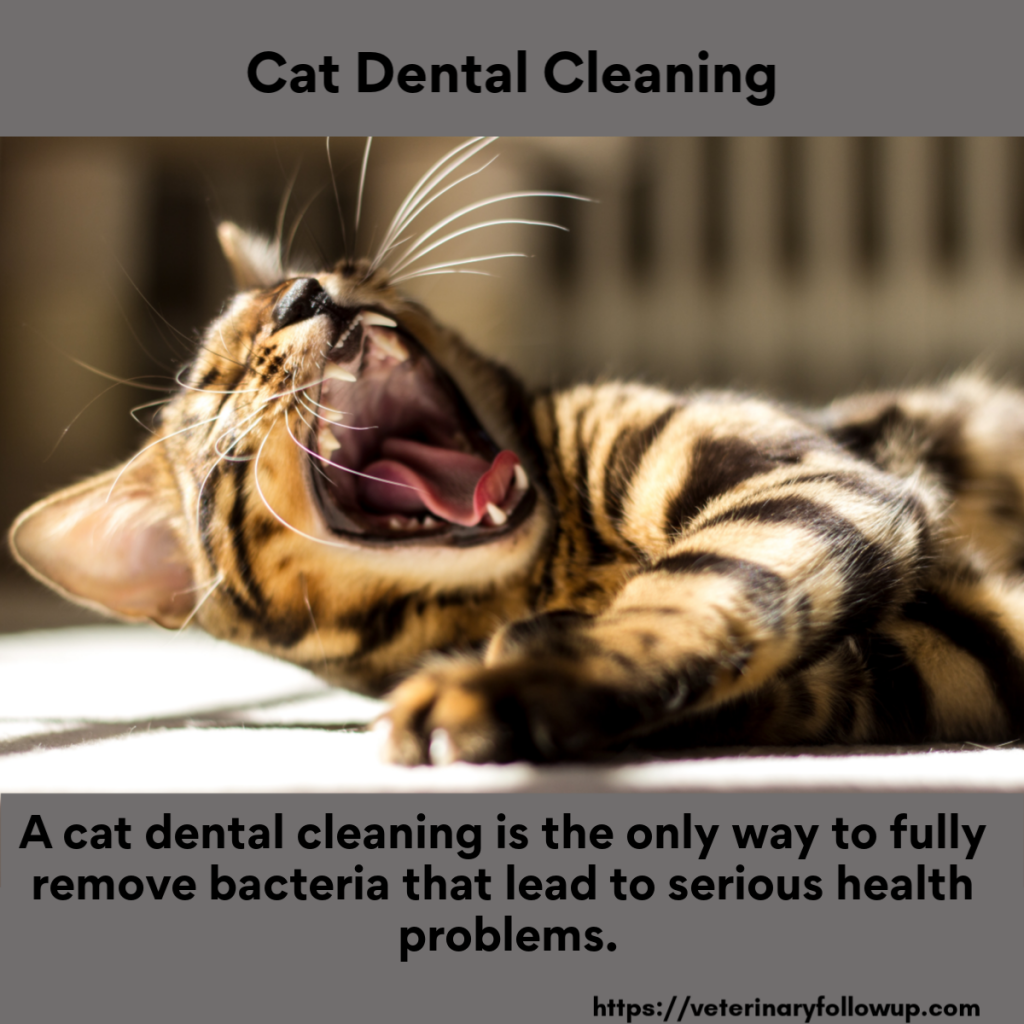
Signs of Dental Disease in Cats
Often, your veterinarian will be the one to diagnose dental disease in your cat. However, there are many symptoms that your cat may show you when she has dental disease.
- decreased appetite
- not eating dry kibble and treats (but still enjoying soft food)
- eating only with one side of her mouth
- drooling
- red gums
- bleeding from the mouth
- swelling of the face (often one side)
Poor Grooming Habits Could Be a Symptom of A Painful Mouth
Cats who don’t feel well may also stop grooming themselves well. On the other hand, sometimes your cat will hide her discomfort and show you no signs.
What Occurs During a Dental Cleaning?
A veterinarian performs a full dental cleaning by first anesthetizing your cat. Your veterinarian may recommend or require bloodwork prior to the procedure to make sure your pet is healthy for anesthesia. After all, the mission statement of medicine is to “first do no harm.”
Anesthezation and Dental Cleaning
Once your cat is safely anesthetized, your veterinarian or veterinary nurse will examine all of the teeth, the gums, and the spaces in between the teeth and gums. This is the same as your dentist or dental hygienist does each time you have your own teeth cleaned. The chart produced by this examination details the health of each tooth.
Cat Dental Cleaning and The Need for X-Rays
Your veterinarian may perform dental x-rays. While a lot can be learned by examining the teeth visually and with special probes, sometimes the disease is under the gums or surrounding the tooth root. The only way to see that is by taking x-rays.
Once these steps are performed, your veterinarian will know which teeth, if any, need to be taken out to resolve or prevent worsening disease.
What is involved in the cat dental cleaning process?
The cleaning itself involves hand scaling of the teeth as well as ultrasonic scaling of the teeth above and below the gum line. This cleaning under the gum line is one of the most important aspects of a complete dental cleaning. Removing bacteria, plaque, and tartar under the gum line is the first step to reversing gingivitis but also promotes healthy teeth.
Next, teeth are polished to their pearly white shine. Some veterinarians may apply gels and other products that delay the development of plaque.
Types of Dental Disease Found In Cats
Bacteria that attaches to teeth is called plaque. As minerals from food are trapped in that bacteria, it hardens and becomes tartar. You may be able to see this on your cat’s teeth. Most commonly, tartar builds up on the large premolars towards the back of the mouth. If you are concerned your cat may have tartar, don’t get bit! Ask your veterinarian to safely show you.
Plaque and Tartar Can Lead to Periodontal Disease and Lost Teeth
Plaque and tartar are irritating to gums. Bacteria gets under the gums and causes inflammation that is painful (gingivitis). As gingivitis progresses into periodontal disease, the attachments of the tooth are broken down causing the tooth to be loose. Loose teeth are painful and let more bacteria take root under the gum line, worsening dental disease and necessitating extraction of teeth.
Dental Bacteria Can Spread
Left untreated, the bacteria in the mouth can cause abscesses – pockets of infection under the tooth that require emergency removal of the tooth. The bacteria can also spread to other areas of the body including the liver, kidneys, and the heart. When bacteria reaches the heart it can cause changes that increase your cat’s risk for heart disease.
One piece of good news is that unlike humans, cats do not develop cavities.
Dr. Hanie Elfenbein
Dental Diseases Specific to Cats
In addition to the dental health problems that plague humans, dogs, and other species, cats have some other dental risks.
Reabsorption Lesions
Cats can develop resorptive lesions. This means the tooth is eroded away by the body. Though the process is not fully understood, oral bacteria may play a role. The tooth is broken down starting at the gum line and only the root is left. The process is not reversible and is thought to be painful.
Stomatitis
Some cats also develop severe inflammation of the soft tissues of the mouth known as stomatitis. Stomatitis is believed to be caused by a cat’s severe reaction to plaque and tartar. Cats with severe stomatitis often don’t want to eat. They may drool, rub their faces, or shy away from petting on their faces. A thorough dental cleaning may reduce stomatitis but often because plaque will return so quickly, teeth have to be extracted to resolve the inflammation and pain. In the worst cases, cats with stomatitis may require full-mouth extractions. These cats do very well and even eat hard kibble.
In-Home Dental Care for Cats
The ideal way to keep your cat’s mouth healthy at home is to clean their teeth daily. But, unless you start training your kitten early, most cats will not tolerate a toothbrush.
Training a Kitten to Tolerate a Toothbrush
If you have a young kitten or a trainable adult cat, it is well worth the effort to train her. Take baby steps and use lots of positive reinforcement. More details can be found here.
Prescription Dental Diet
Talk to your veterinarian, some prescription dental diets can help reduce the build-up of plaque. These are specially designed diets that force your cat to chew. Regular dry kibble is not sufficient because most cats barely chew it, if at all.
Veterinary Oral Health Council Approved Products
Finally, some treats and water additives can help reduce plaque and tartar buildup. A list of products that are proven to help can be found at the Veterinary Oral Health Council website.
A Healthy Mouth is Key to a Healthy Cat
Don’t neglect your cat’s teeth, a healthy mouth is key to a healthy cat. Importantly, as cats age, they often become poor eaters and lose weight due to other health problems such as kidney disease. Keeping their mouth healthy gives a cat one less reason to not eat which will help them live longer and healthier.
Have a dog at home? Check out our post about Dog Dental Cleanings

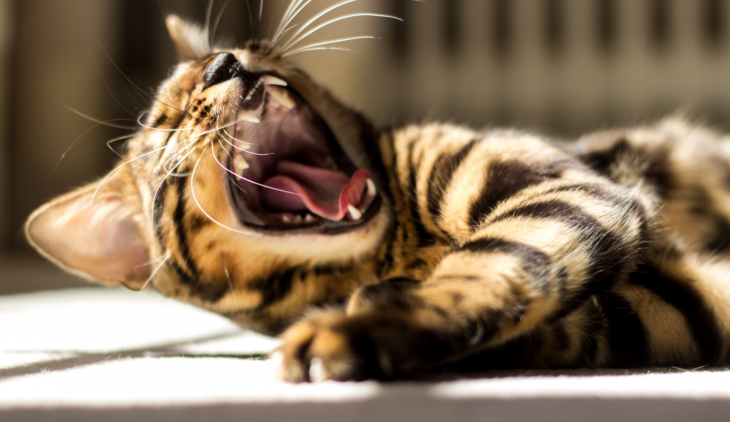
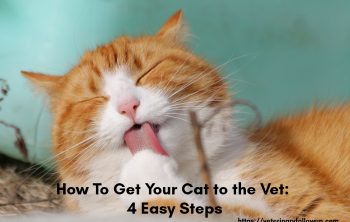
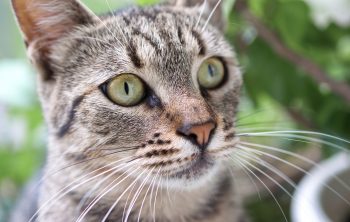
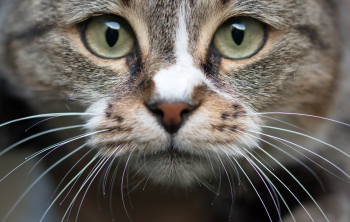
No Responses